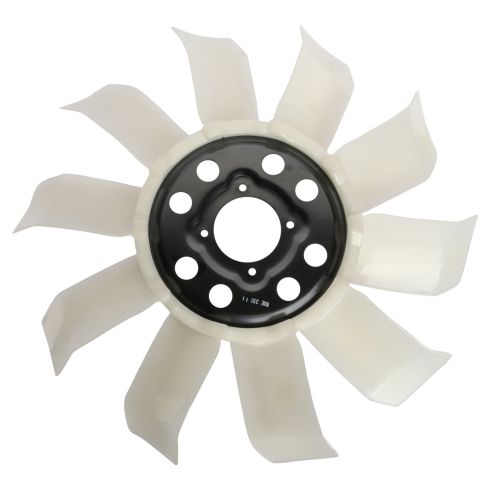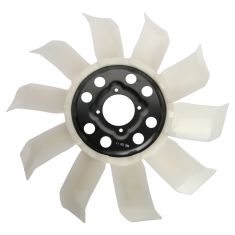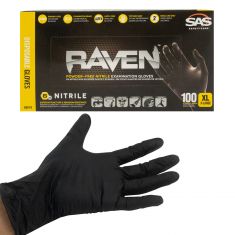1ARFA00095-Ford Mercury Radiator Cooling Fan Blade TRQ RFA90092

Replaces
1986 Mercury Capri V8 5.0L Manual Transmission with Air Conditioning with Standard Cooling Radiator Cooling Fan Blade TRQ RFA90092

Frequently bought together
Product Reviews
Loading reviews
5.00/ 5.0
3
3 reviews
Radiator Cooling Fan Blades
July 10, 2019
I would highly recommend this Fan Blade to anyone who needs one. It's perfect!
Clutch fan
March 5, 2020
Perfect fit no issues whatsoever
perfect
March 7, 2020
perfectly good fan for the money
Customer Q&A
No questions have been asked about this item.
Mercury is a registered trademark of Ford Motor Company. 1A Auto is not affiliated with or sponsored by Mercury or Ford Motor Company.
See all trademarks.










